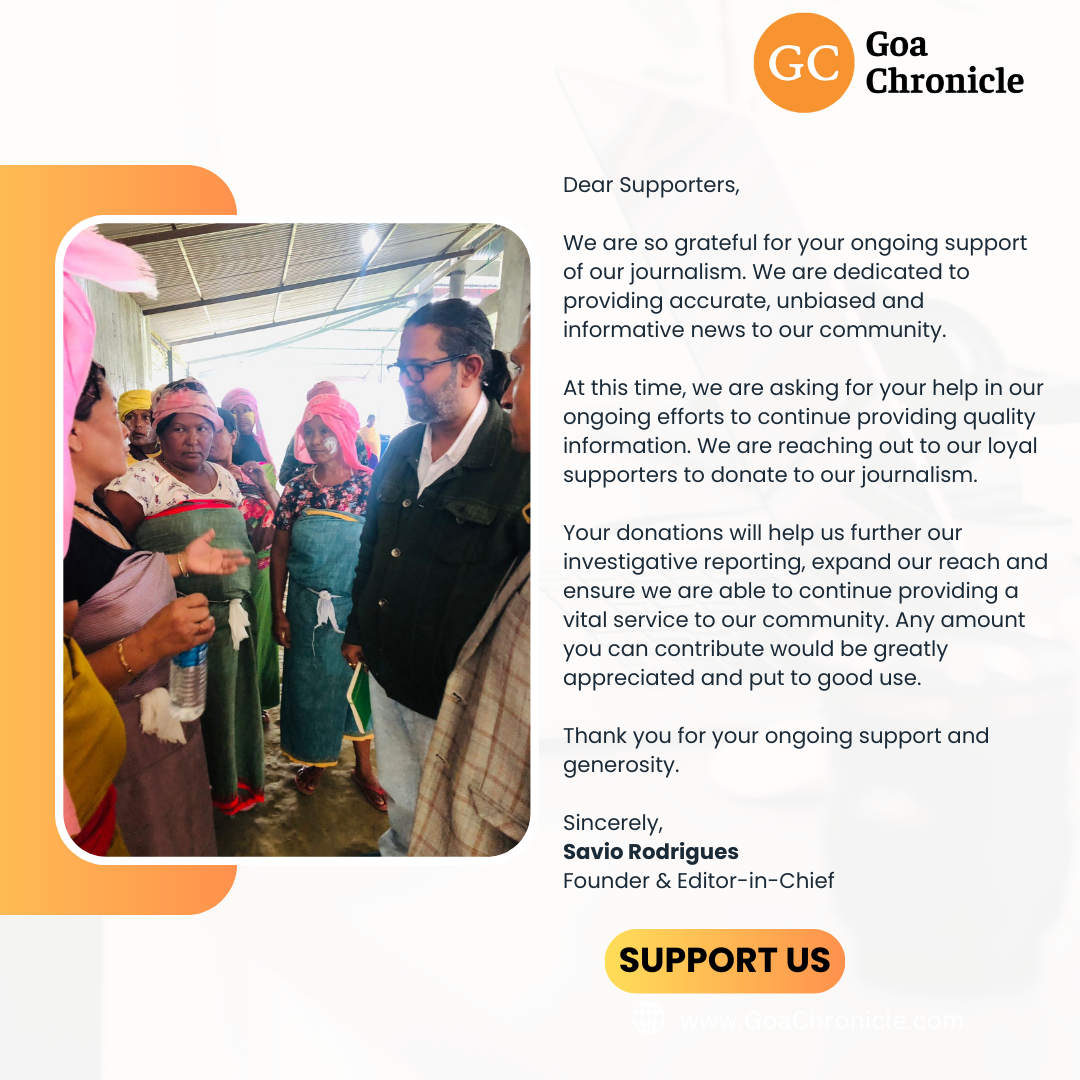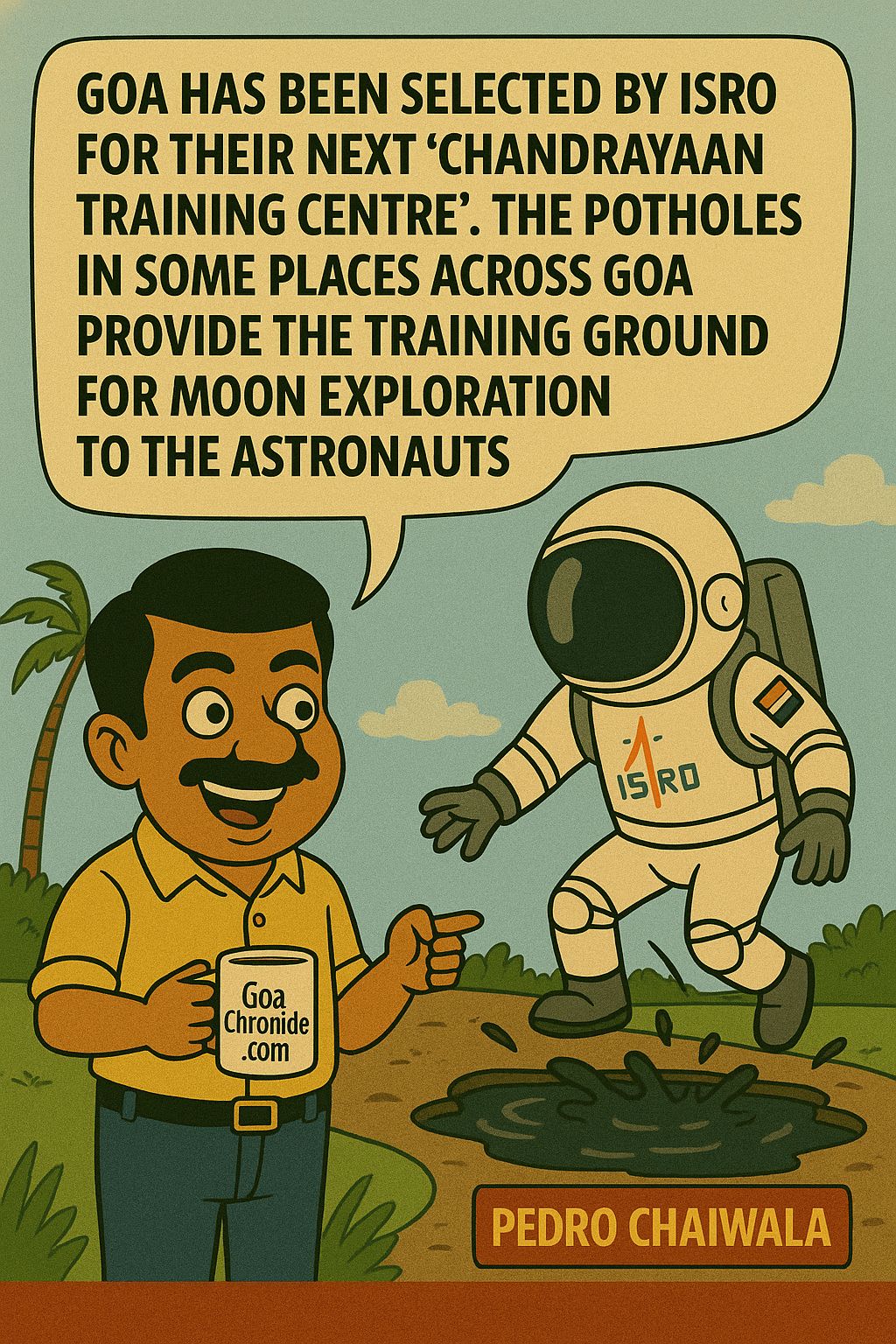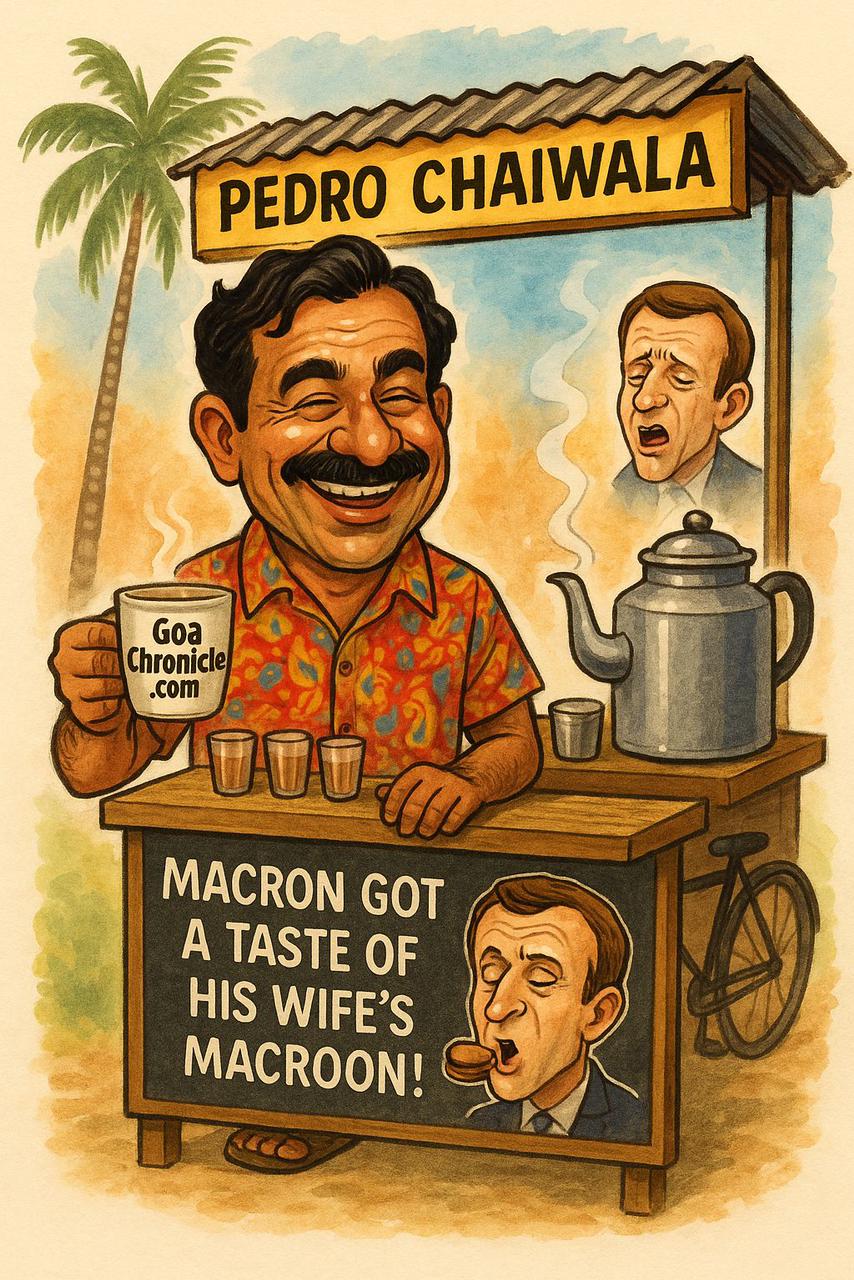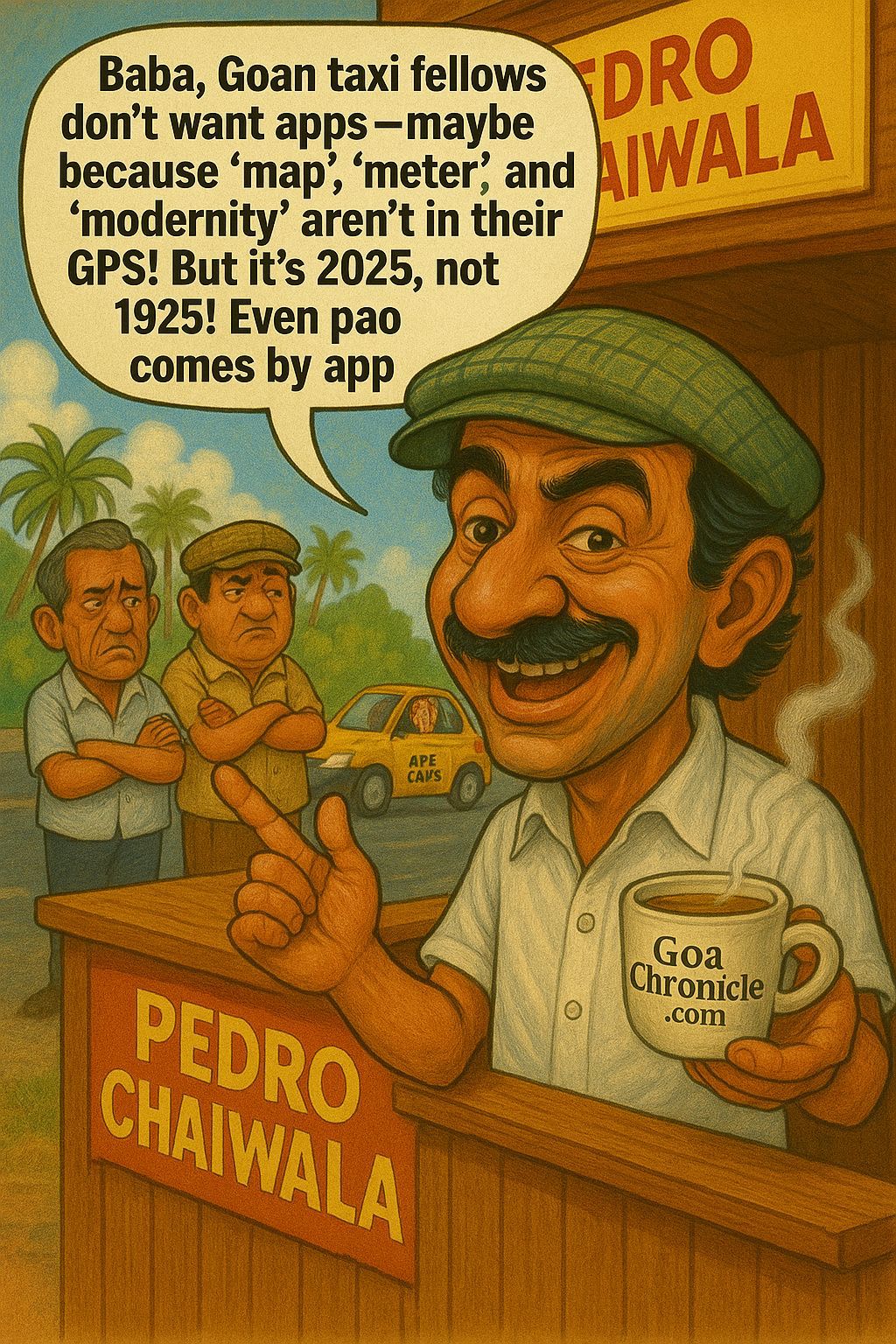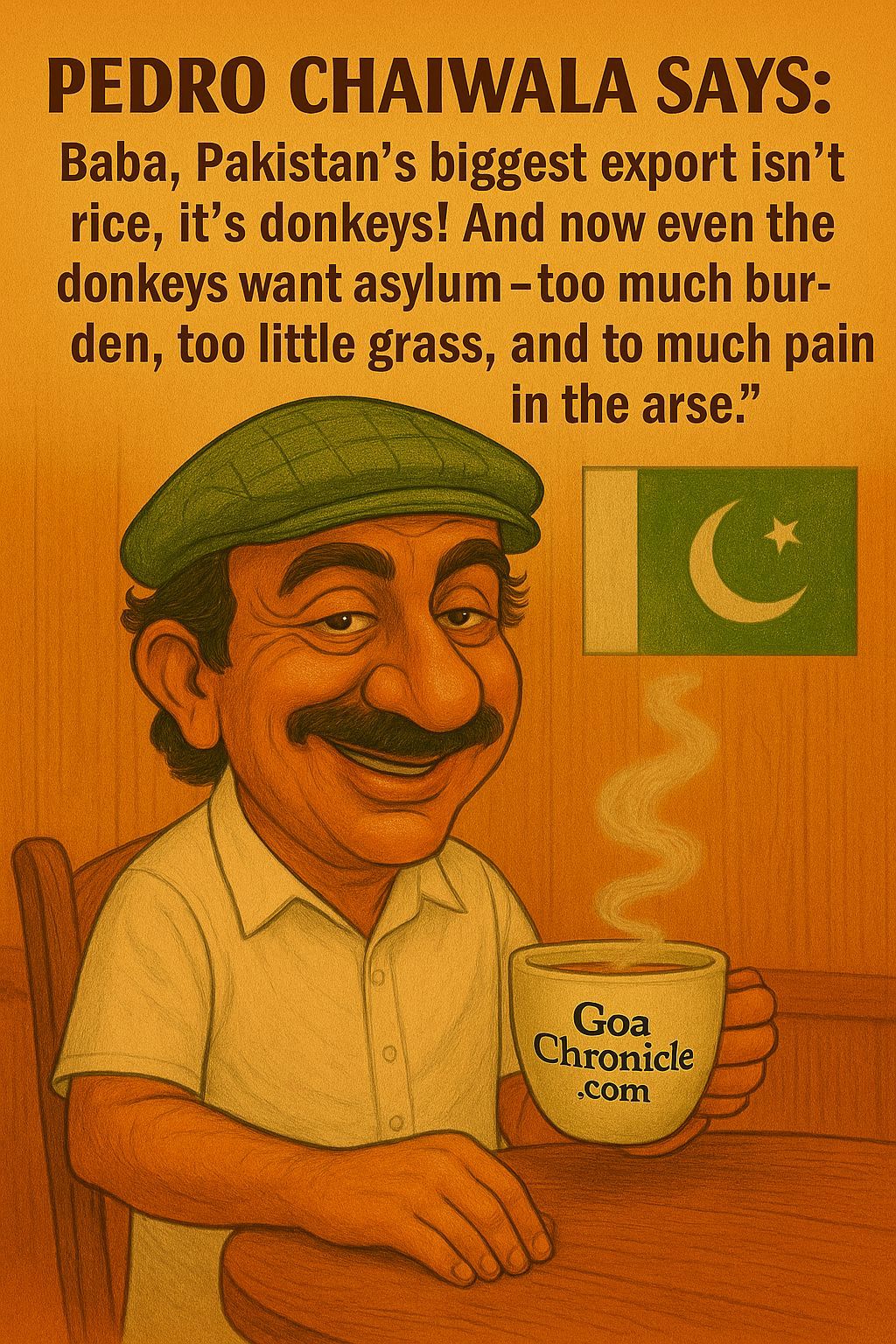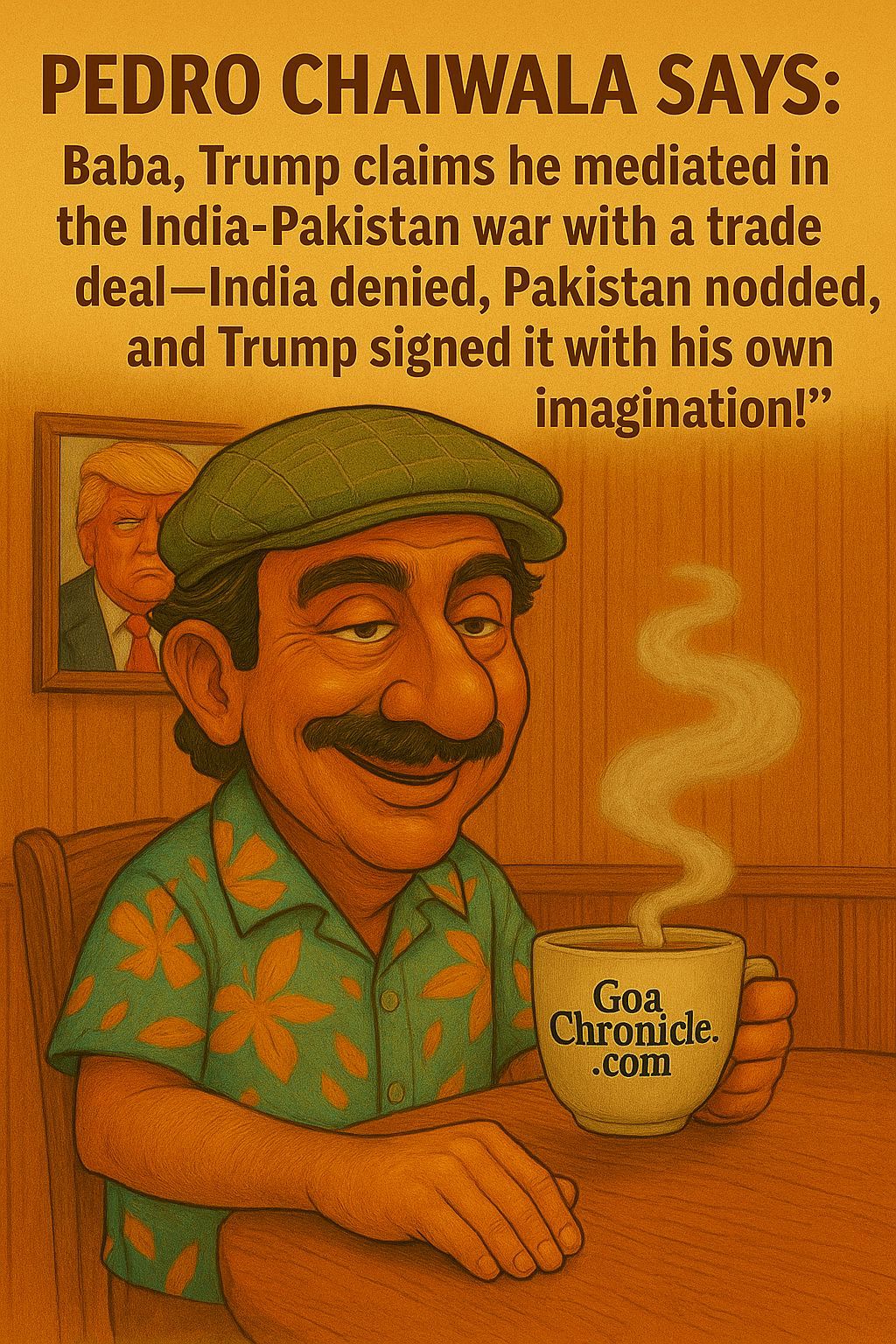A Dance of Democracy and Dignity
As the aircraft carrying Prime Minister Narendra Modi descended upon Ministro Pistarini International Airport in Buenos Aires, a land steeped in revolutionary spirit, European flair, and Latin warmth opened its arms to the leader of the world’s largest democracy. A red carpet welcome awaited Modi, reflecting not just protocol but a sense of anticipation and shared purpose. The Argentine Air Force band played both national anthems with stirring precision. The winter air of the Southern Hemisphere carried with it a symbolic message: India and Argentina were about to reimagine their partnership through a lens of trust, trade, and transformation. This wasn’t just a diplomatic visit; it was the reawakening of a relationship that spanned not only governments but also people, ideas, and possibilities.
Mate, Malbec, and Modi: A Cultural Connection
At the Casa Rosada, Argentina’s seat of power, Prime Minister Modi and President Javier Milei shared ‘mate’, the traditional herbal drink that fuels Argentine conversations. This simple gesture was laced with symbolism. It marked an embrace of cultures, of conversation over confrontation. President Milei spoke of his admiration for India’s civilizational ethos and technological growth, while Modi acknowledged Argentina’s intellectual and artistic richness. The leaders, while differing in ideology, found convergence in democratic values, people-first governance, and a shared aspiration to craft independent foreign policies that resist great power diktats.
Diaspora in the Pampas: Few in Number, Strong in Spirit
The Indian community in Argentina, though small in numbers, turned out in full strength to greet the Prime Minister. From traditional Kathak performances to Tamil bhajans, the Indian Cultural Centre in Buenos Aires wore the spirit of a mini-India. Children held hand-painted tricolours, women draped in sarees offered garlands, and the Prime Minister’s address was punctuated with chants of ‘Bharat Mata ki Jai’. He lauded the diaspora’s role as cultural and economic bridges. For many, it was a moment of validation; for Modi, a moment of emotional reunion.
Shared Histories of Struggle, Shared Futures of Progress
Argentina’s José de San Martín and India’s Mahatma Gandhi never met, but their ideas speak to each other across time. Both led movements of national awakening against colonial oppression. PM Modi’s visit to San Martín’s mausoleum was an act of reverence, not just to a national hero, but to the universal spirit of resistance and dignity. In his remarks later, Modi drew parallels between the Indian freedom movement and the Latin American wars of independence, underlining how global south narratives of liberation are often ignored in western-centric diplomacy.
Defence Cooperation: Quiet Strength, Emerging Synergy
Modi’s visit also saw significant movement in defence cooperation. India and Argentina signed a Defence Cooperation Framework Agreement aimed at enabling technology transfers, joint exercises, and officer-level exchanges. The Argentine Air Force’s interest in India’s indigenously developed Tejas fighter jet was discussed at length. The Argentine Army’s mountain warfare battalions could potentially collaborate with Indian troops on joint training in Ladakh and the Andes. A separate proposal was floated for the Indian Navy and Argentine Navy to explore maritime domain awareness exercises in the South Atlantic. The scope may still be limited, but the intent is unmistakably clear: Argentina views India as a reliable partner in its multi-vector defence diplomacy.
Science, Soybeans, and Satellites: The Strategic Edge
The Indian delegation placed strong emphasis on building a technology and agriculture corridor with Argentina. The two nations agreed to expand agricultural R&D to focus on climate-resilient crops, leveraging Argentina’s biotech capabilities with India’s vast agri-market. At a research centre in Rosario, Indian and Argentine scientists will co-develop soybean variants suitable for India’s drylands. On the tech front, the Indian Space Research Organisation (ISRO) and Argentina’s CONAE agreed on joint satellite launches for disaster monitoring and weather prediction. This strategic cooperation is expected to extend into quantum computing and clean energy research in the next five years.
Argentina’s Lithium Map: White Gold and Green Dreams
Argentina holds nearly 21% of the world’s lithium reserves. The provinces of Catamarca, Salta, and Jujuy, collectively known as the Lithium Triangle, are of growing interest to India’s clean energy transition. Modi’s visit catalysed direct engagements between Indian state-run mining companies and Argentine provincial governments. Memorandums were signed for the joint extraction, processing, and refining of lithium. Argentina welcomed India’s approach, which prioritises sustainability and community participation. For India, securing critical minerals from a democratic partner offers a strategic alternative to dependency on authoritarian supply chains.
The Spiritual Connect: From Patanjali to Patagonia
The spiritual bond between India and Argentina is often underappreciated. Buenos Aires has more yoga schools than any Latin American city. Ayurveda is increasingly embraced by the Argentine middle class, and Indian spiritual texts are part of academic discourse in local universities. PM Modi inaugurated a Centre for Wellness and Sustainable Living, where Indian and Argentine healing practices will be jointly researched. This centre, he said, ‘is not just about health, but about harmony, between people, and with nature’.
A Meeting of Minds and Markets
At the India-Argentina Business Forum, PM Modi addressed a packed room of CEOs and innovators. He highlighted India’s rising GDP, start-up culture, and digital transformation. Argentine businesses expressed keen interest in Indian pharma, textiles, and fintech. In return, Indian investors explored Argentina’s food processing, lithium, and infrastructure sectors. A joint working group was set up to streamline investment approvals and reduce tariff barriers. Both sides committed to push for an expanded Preferential Trade Agreement between India and the MERCOSUR bloc.
Tango and Tricolour: A People’s Diplomacy
In an unforgettable cultural evening, Argentine dancers performed a tango routine to the instrumental strains of ‘Vaishnav Jan To’. The symbolism of it, devotion meeting dance, East meeting West, was not lost on the audience. PM Modi walked onto the stage after the performance and greeted the dancers in Spanish. ‘Namaste and Gracias,’ he said, drawing a standing ovation. The soft power on display was genuine and mutual, a celebration of shared humanity rather than geopolitical tokenism.
The Road Ahead: A South-South Axis of Empowerment
Modi’s visit also brought focus to a broader geopolitical rebalancing. India and Argentina, both vocal advocates of reforming global institutions like the UN and WTO, agreed to coordinate positions on climate finance, food security, and digital sovereignty. The idea of a Global South Summit hosted jointly in the future was mooted. In his concluding statement, Modi said, ‘The Global South cannot be spoken for; it must speak for itself, and speak together’.
A Farewell Laden with Hope
As Modi departed, the final images told their own story, of handshakes turned into hugs, of agreements rooted in trust, and of a sense of purpose shared between two democracies. India and Argentina, so different in language and geography, had discovered each other not just as strategic partners but as fellow travellers on the road of modern statecraft. A bond was not just reaffirmed, it was reimagined, resilient, relevant, and ready for the future.





